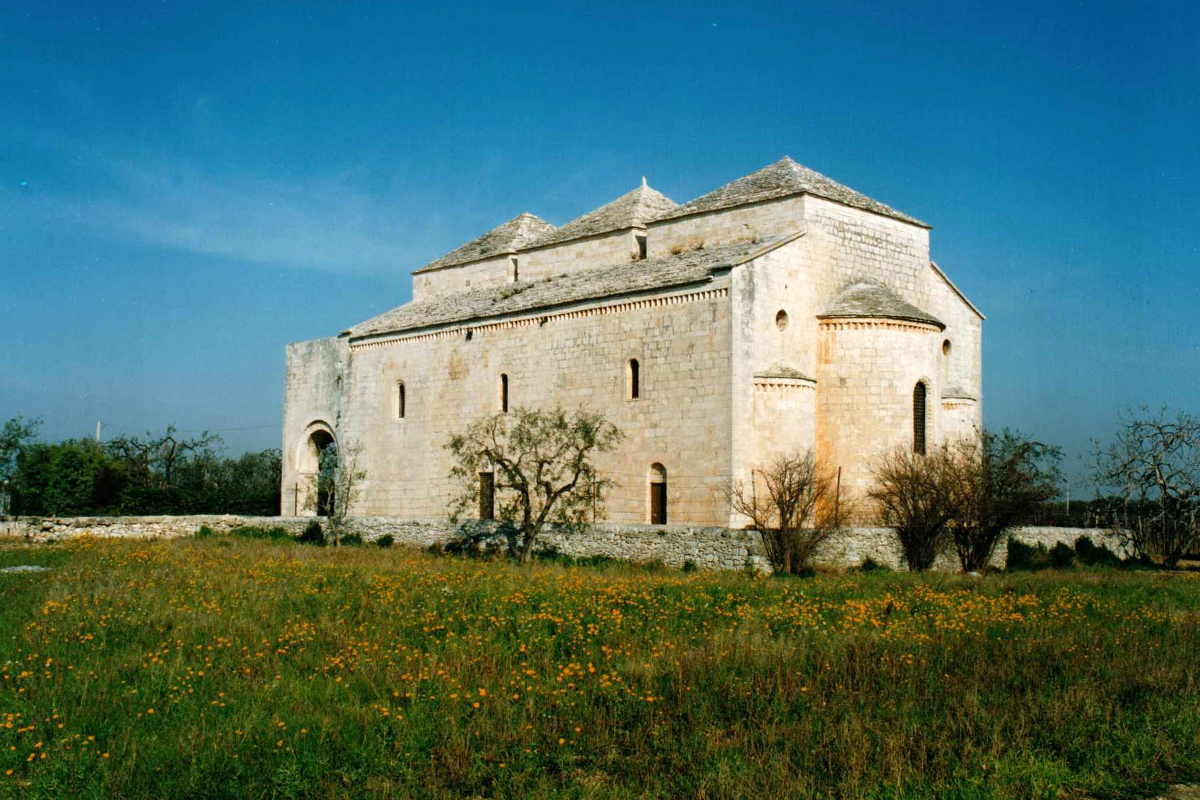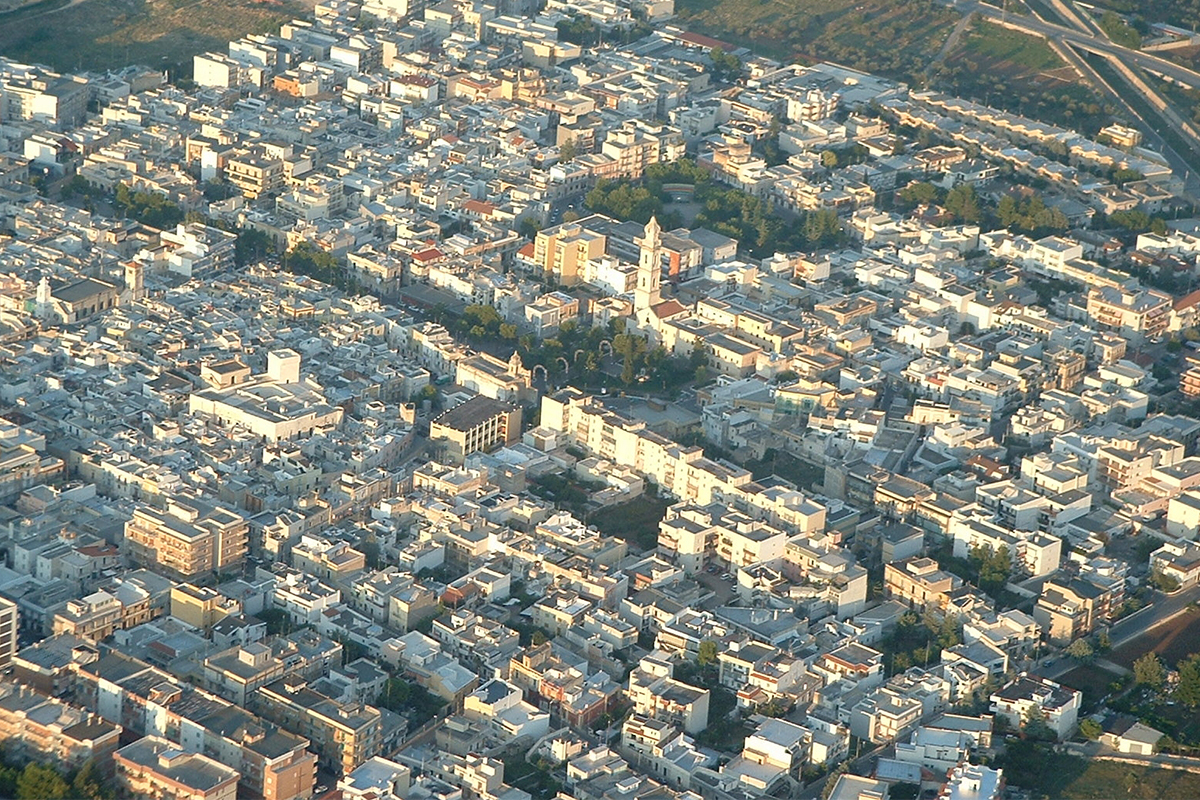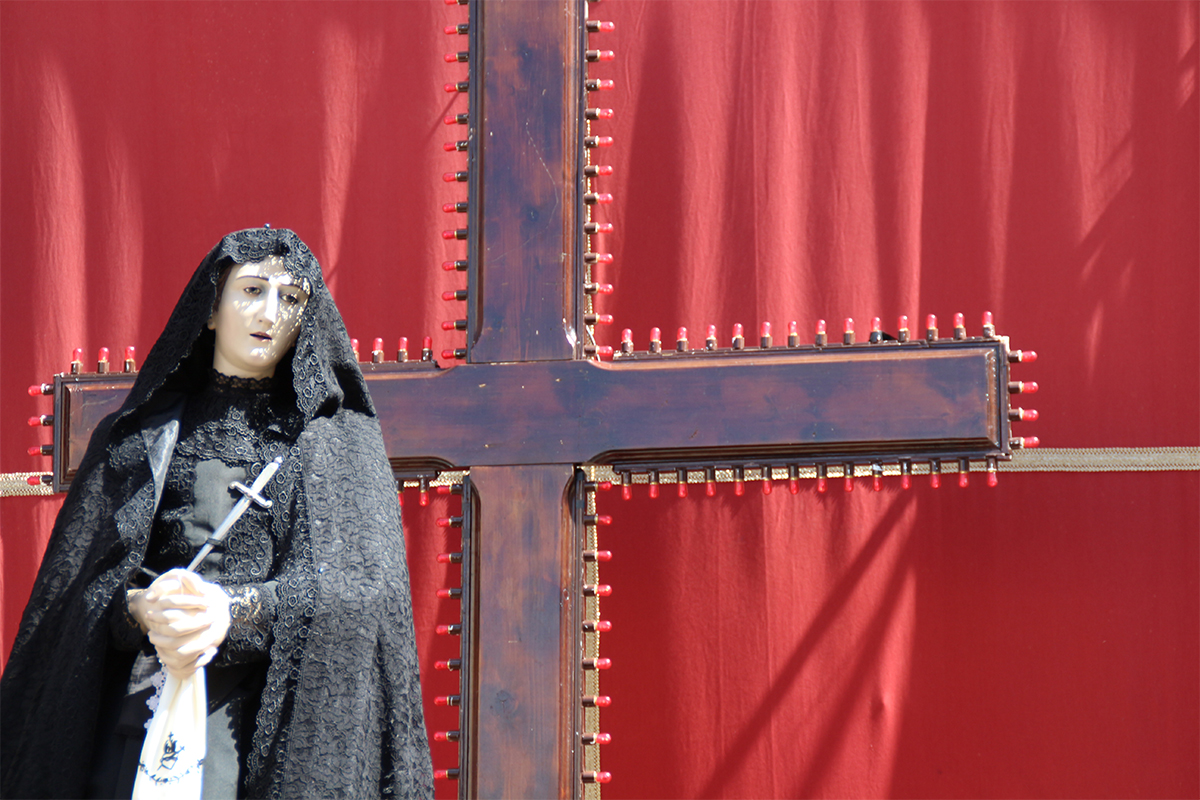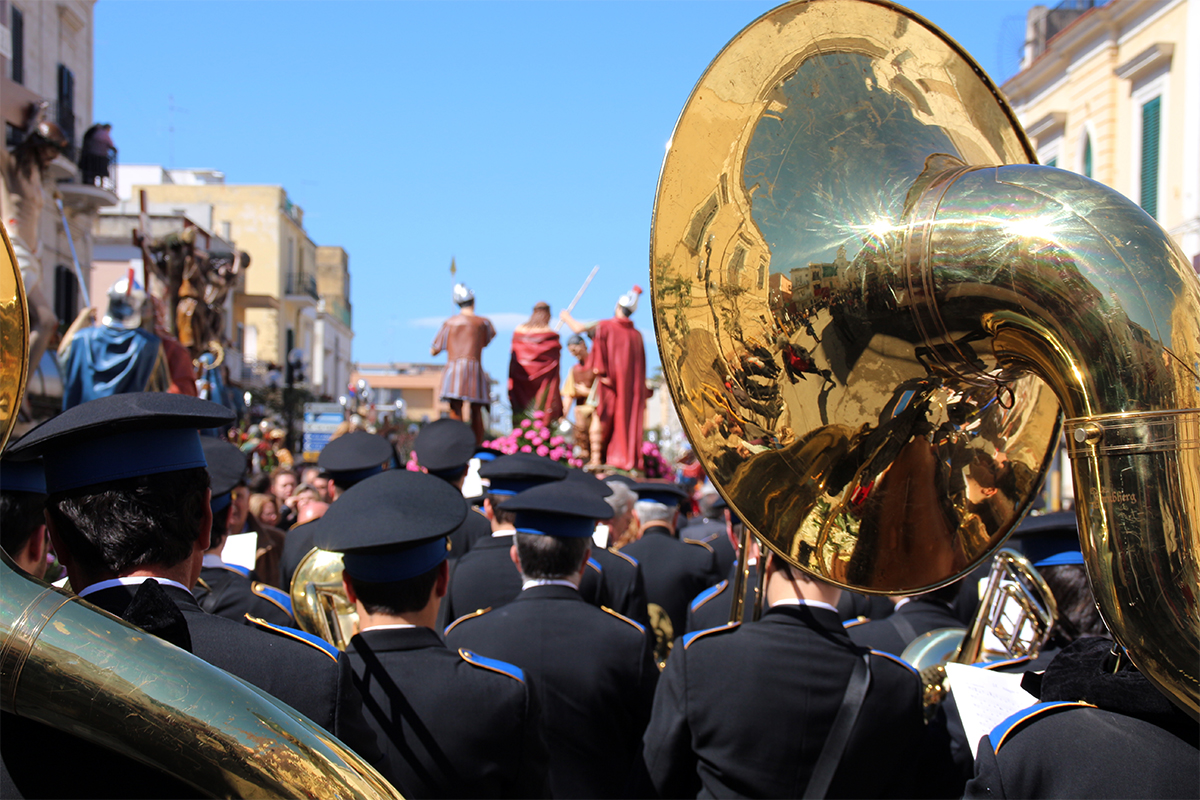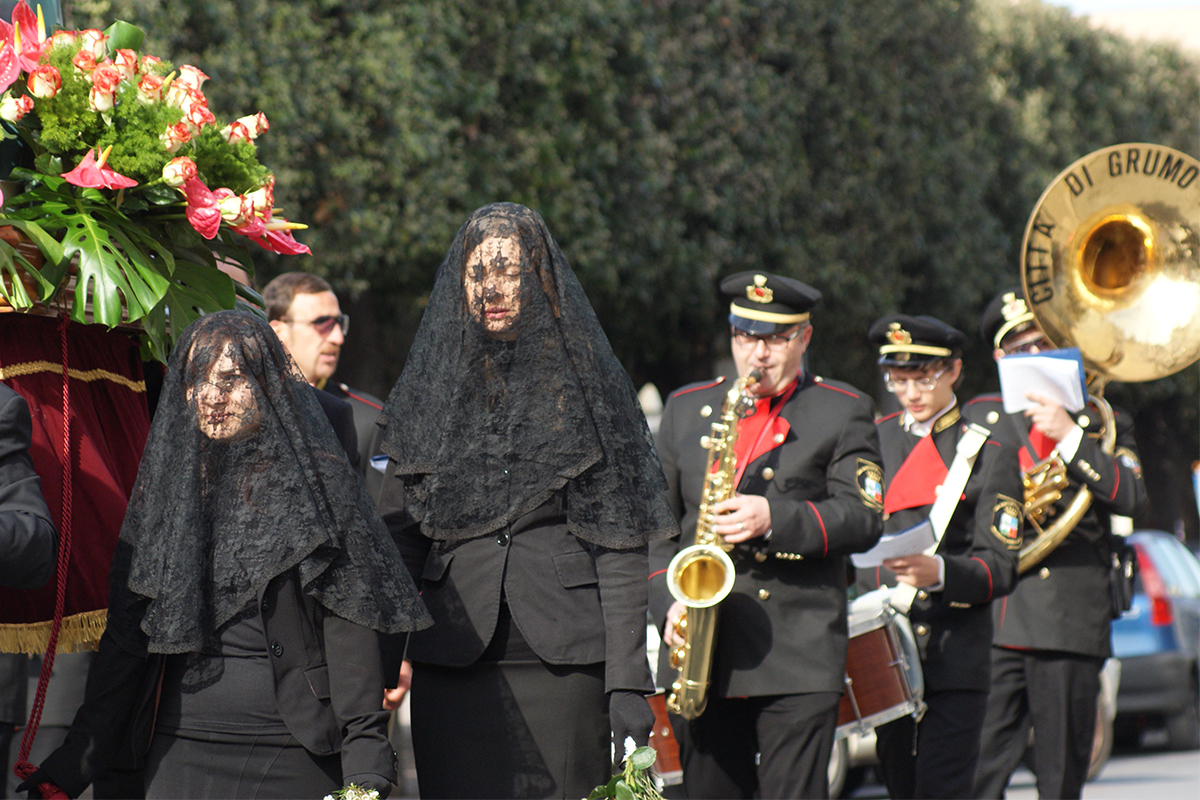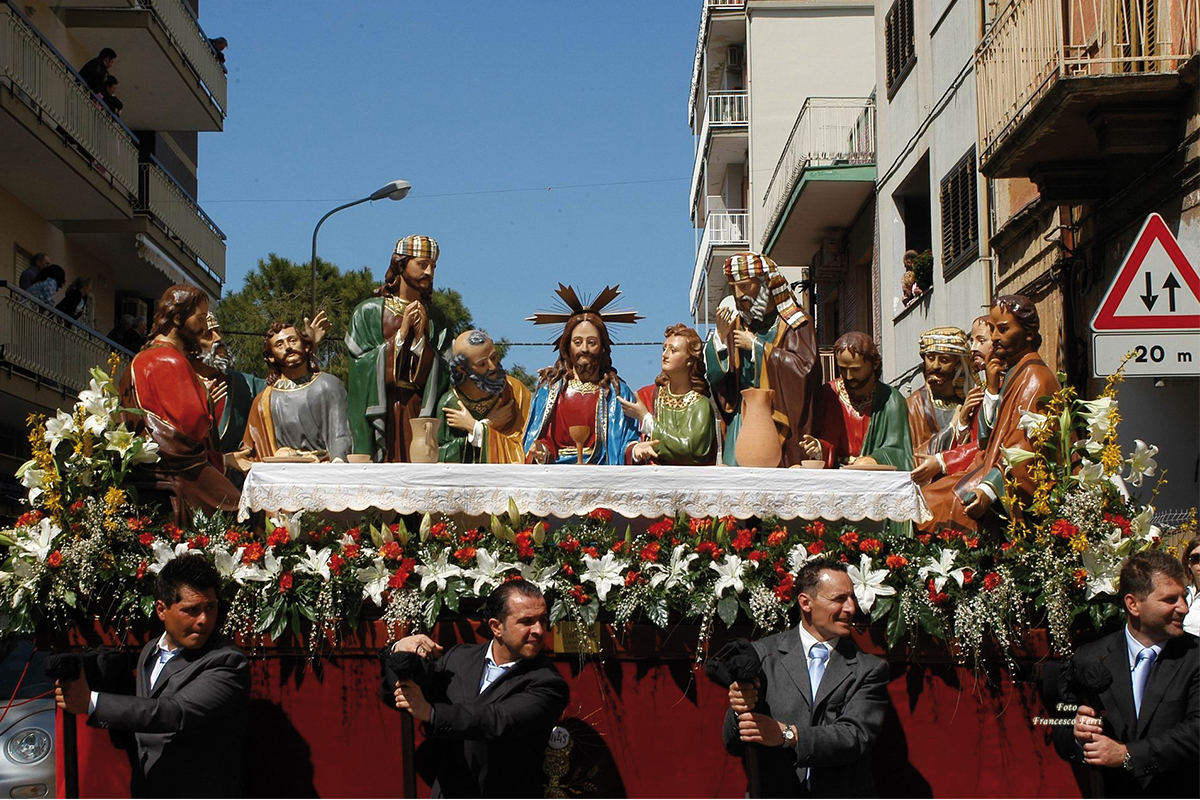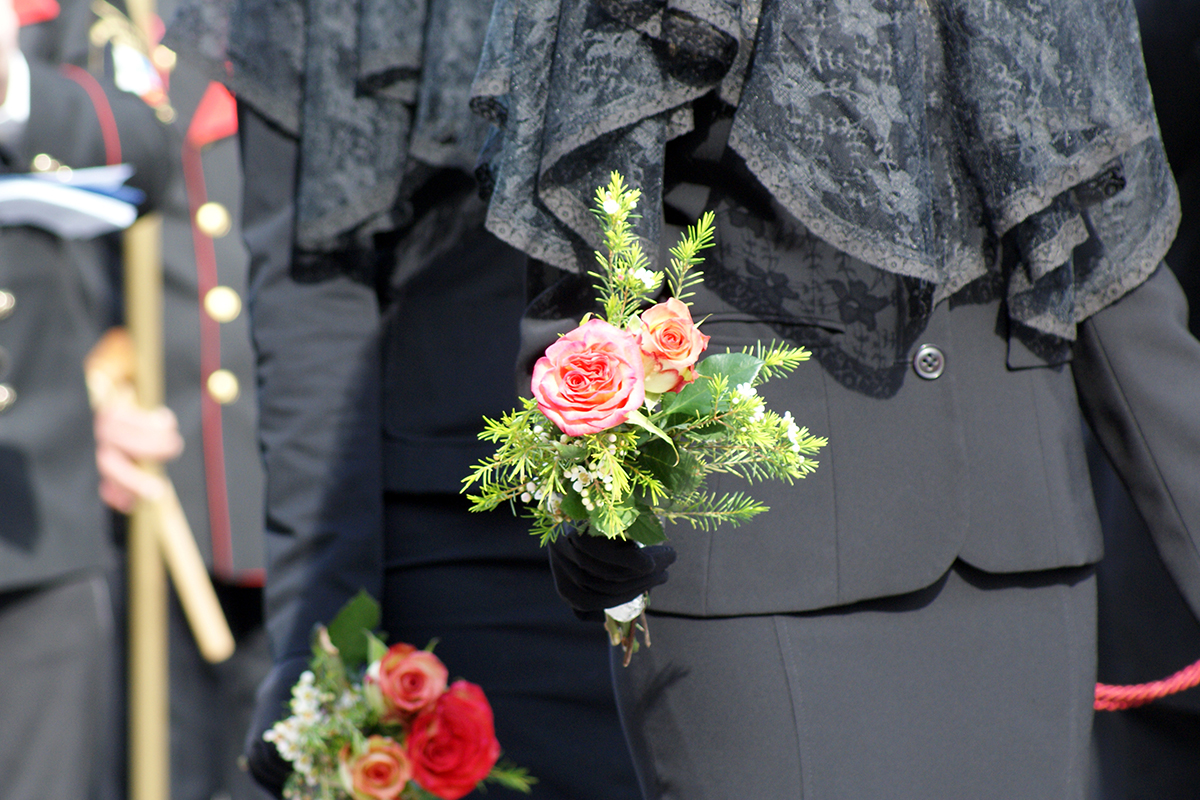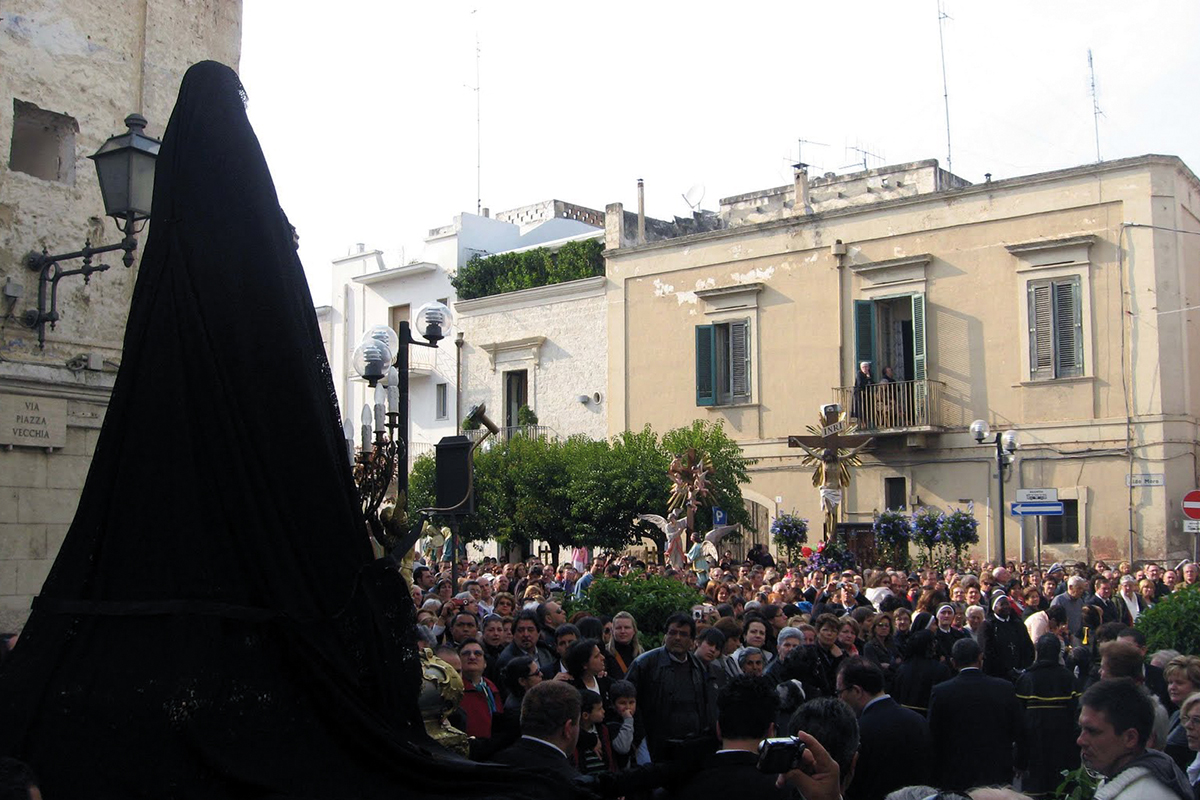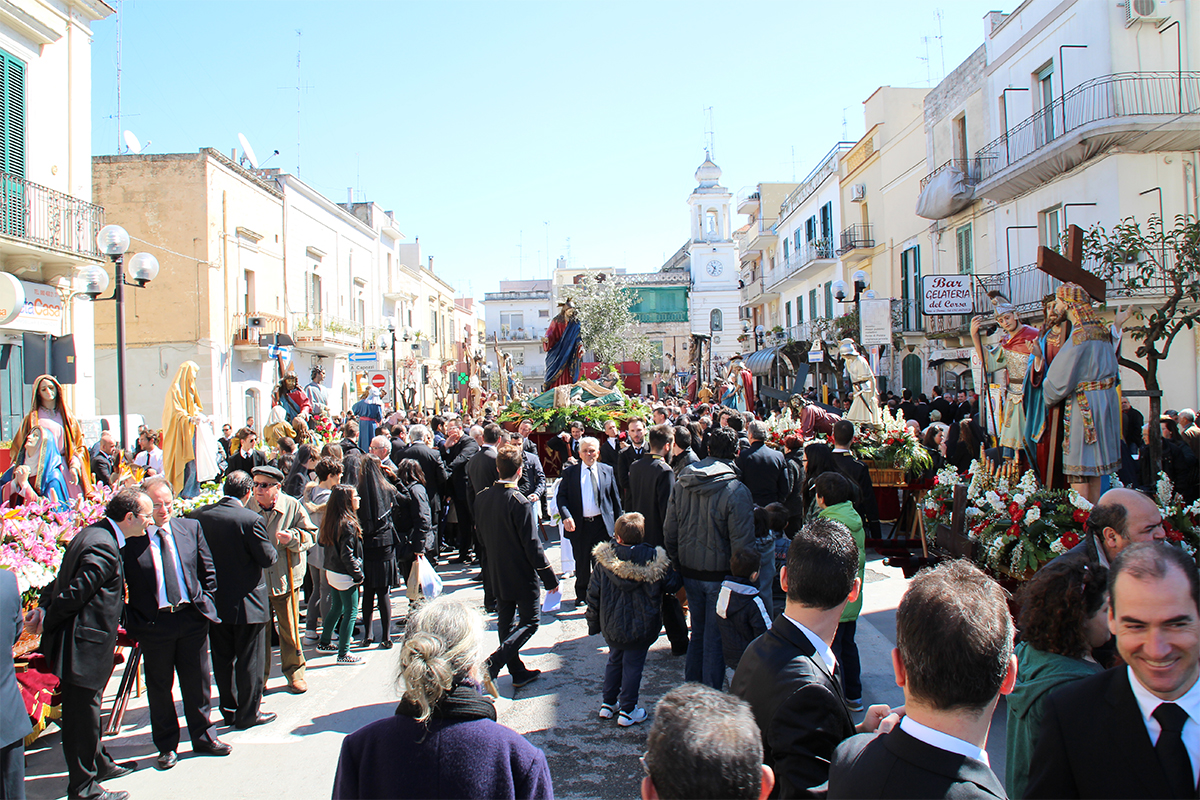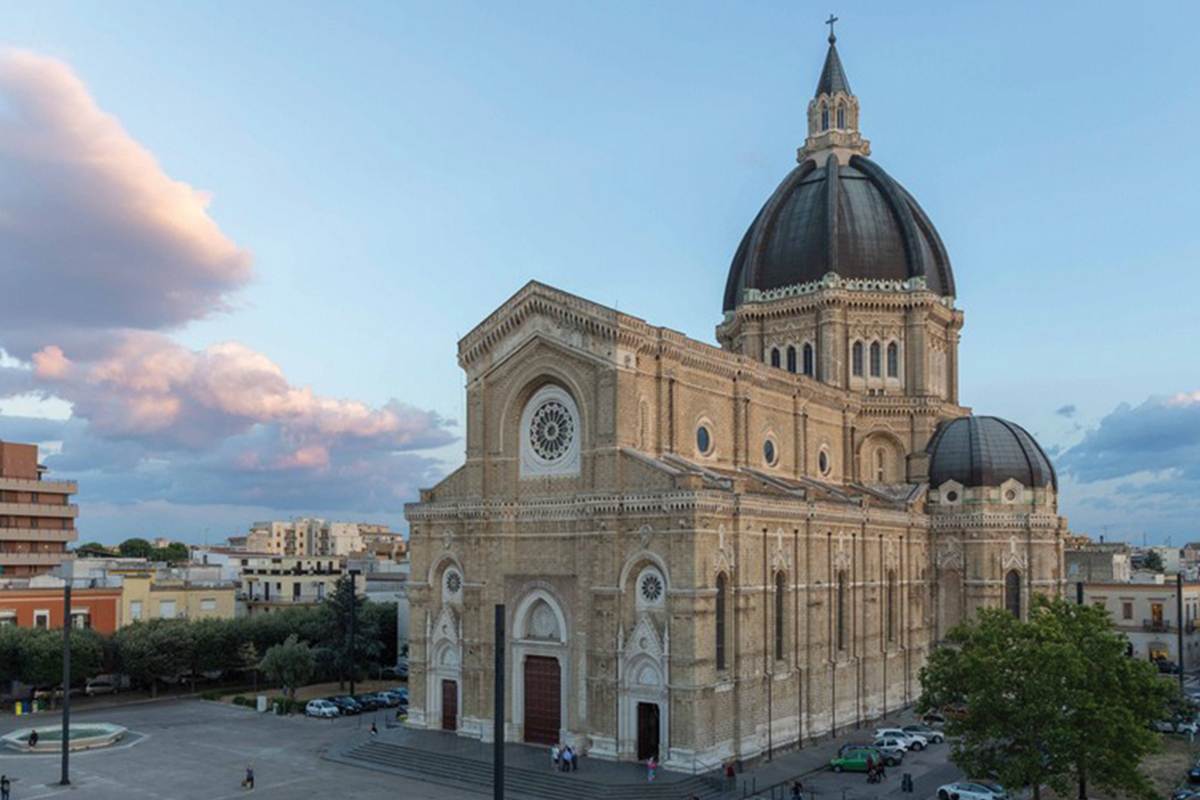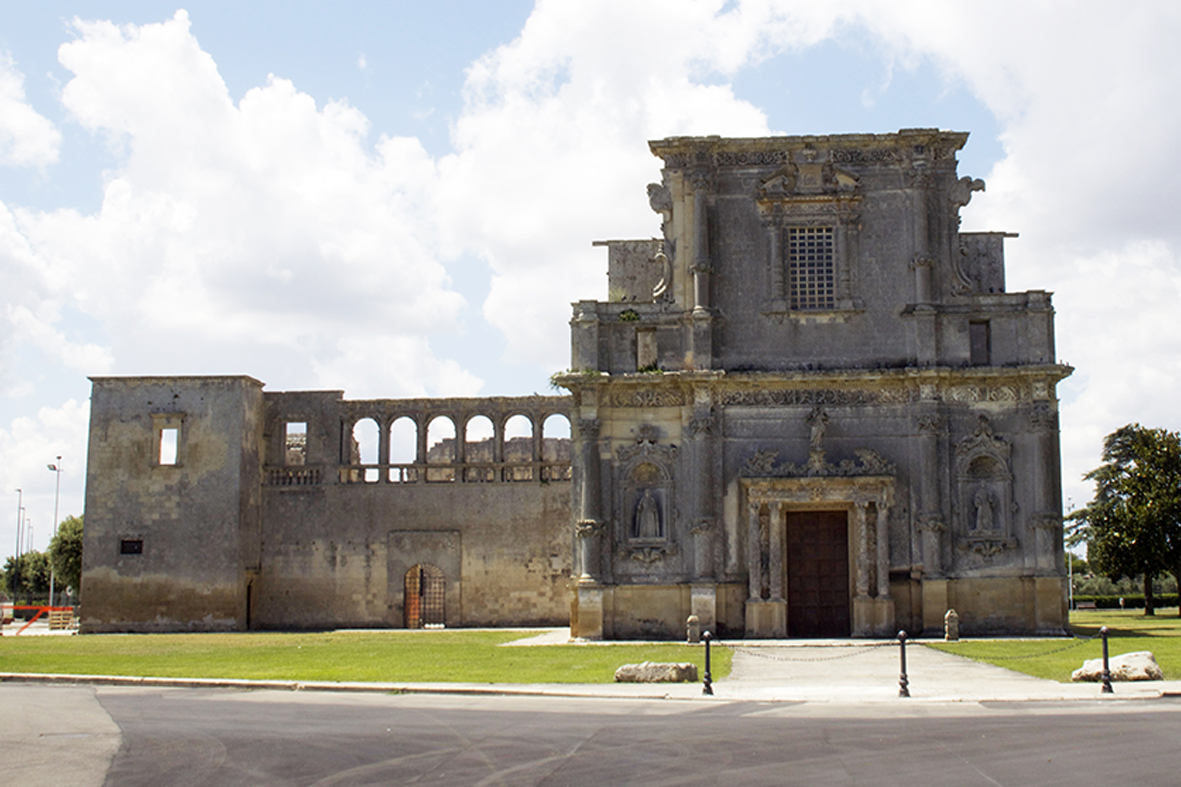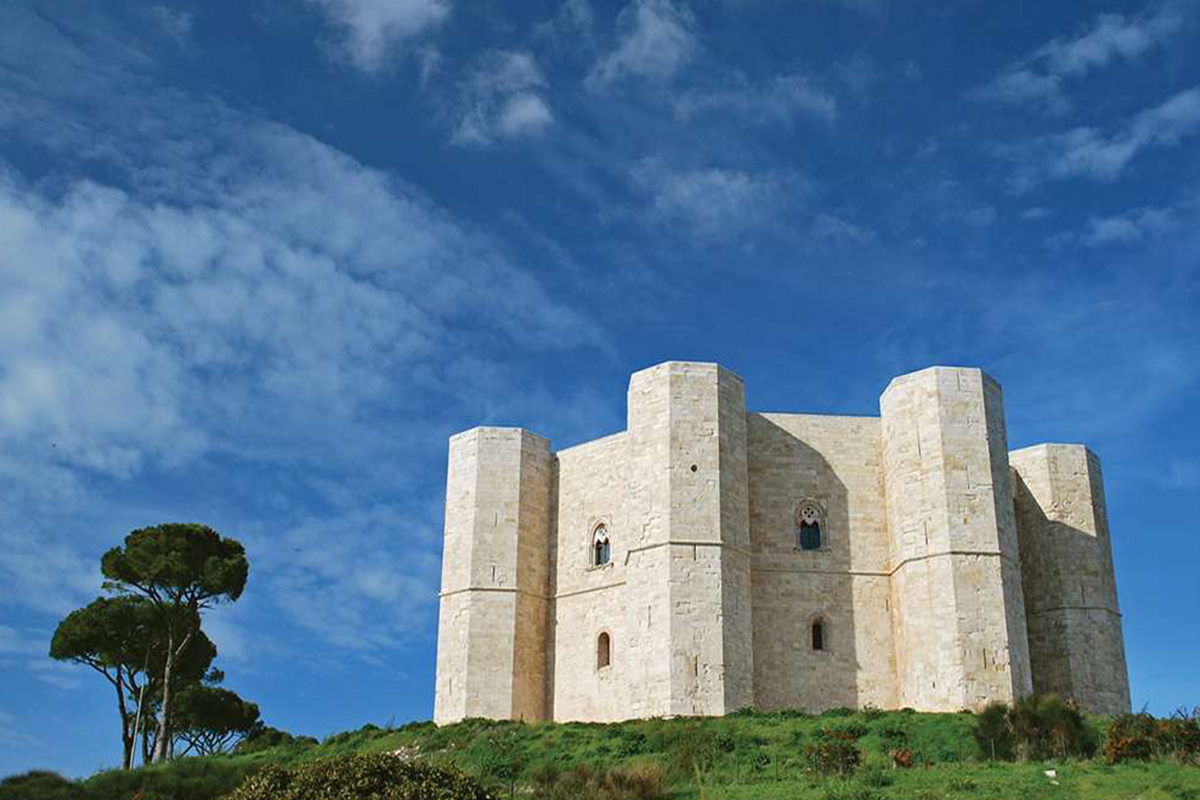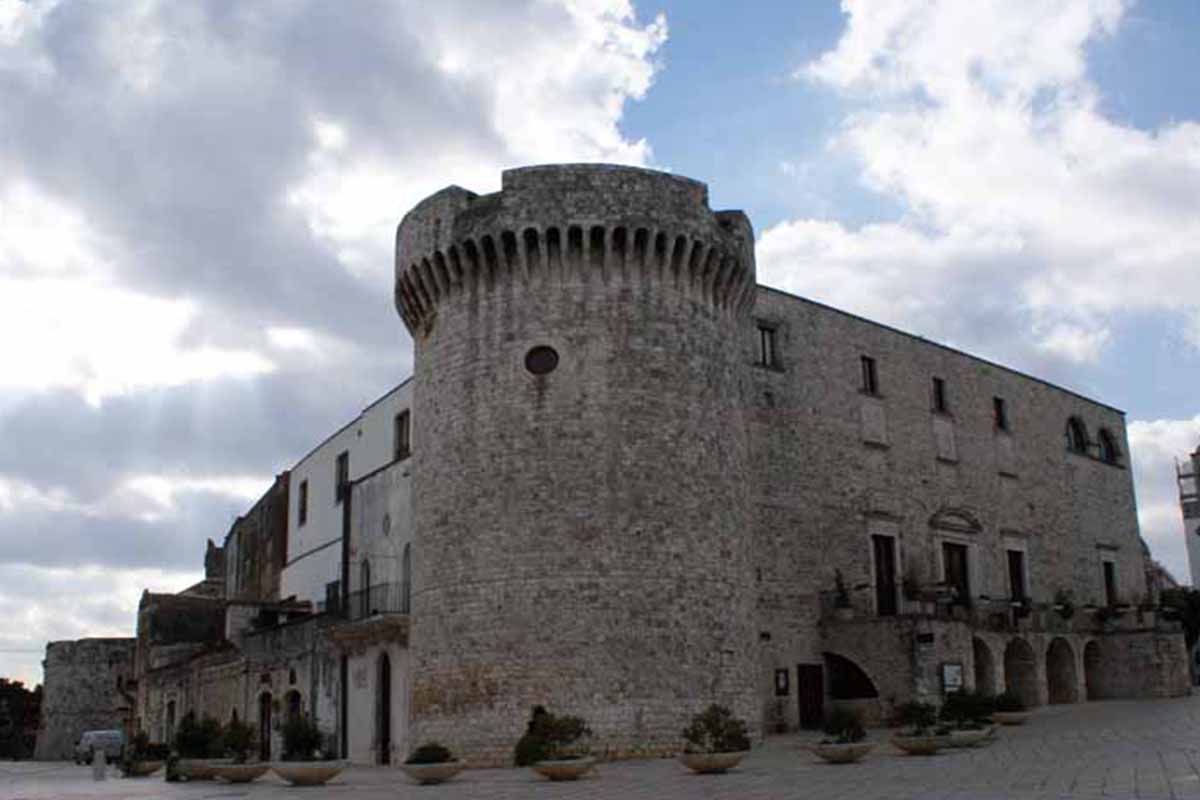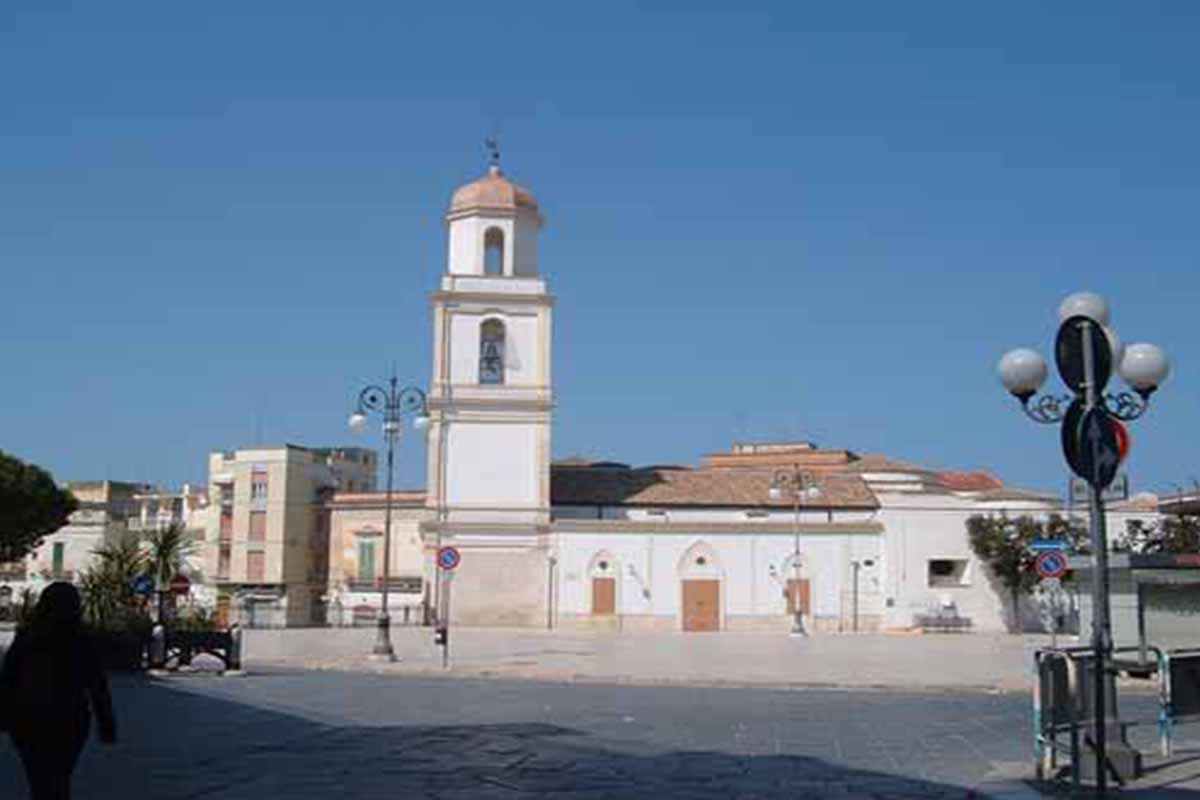Cities
the GATHERING
09 Dicembre 2024
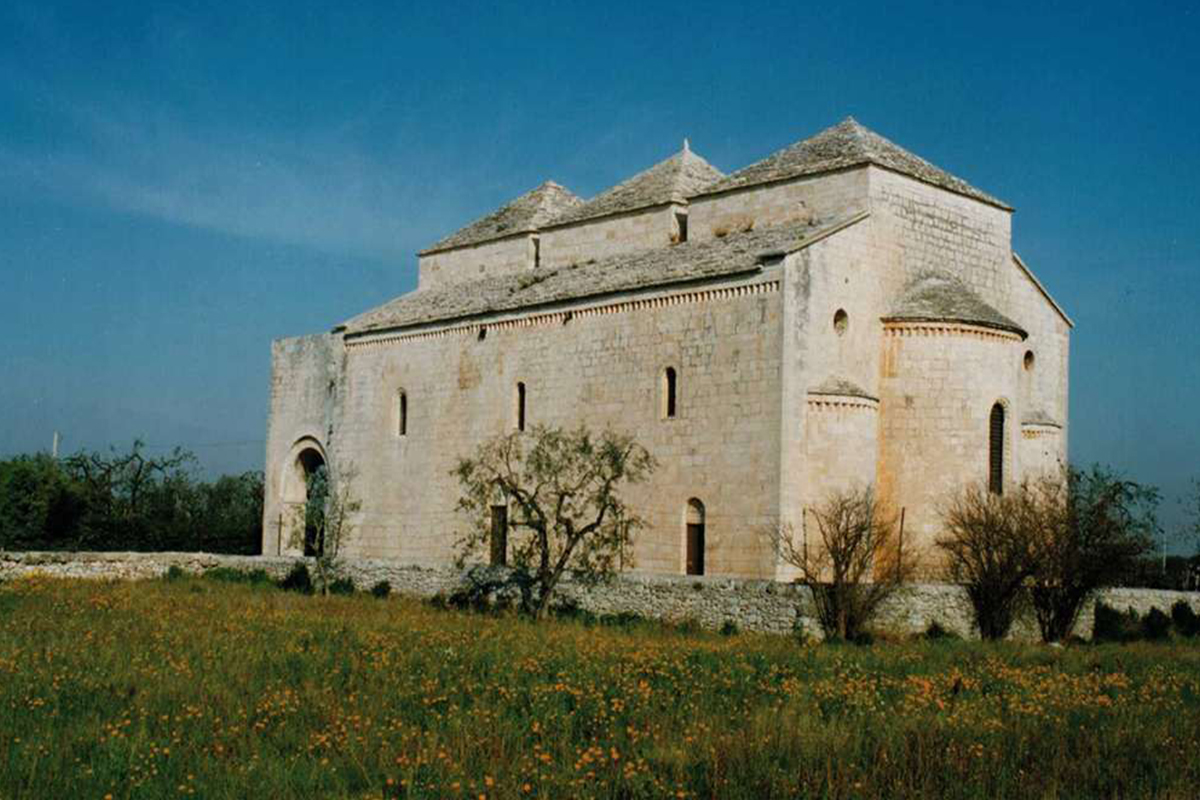
Valenzano, located a few kilometres from Bari, is a municipality rich in history, culture and deep-rooted traditions. Nestled in a landscape of centuries-old olive groves and vineyards, this village retains the authentic charm of Apulia, offering a welcoming atmosphere and a rich heritage to discover.
Valenzano's origins date back to Roman times, when the territory was crossed by important communication routes and occupied by rustic villas dedicated to the cultivation of the land. The place name probably derives from the Latin name ‘Valentius’, indicating belonging to a patrician family.
During the Middle Ages, Valenzano developed around a feudal system, under the control of various lords, including the Normans and later the Angevins. This period saw the construction of many buildings that still characterise the historic centre today. The town's historical and artistic heritage is best expressed in the Abbey Church of Ognissanti di Cuti, one of the earliest and most valuable examples of Apulian Romanesque architecture.
Today it houses important institutions such as the Mediterranean Agronomic Institute, the Faculty of Veterinary Medicine and prestigious scientific and technological research centres, including Tecnopolis and the Laser Centre.
The historical centre of Valenzano is a maze of cobbled alleys, courtyards and historic buildings. Among the most significant monuments is the Baronale Martucci Castle, a majestic medieval structure that once served as a fortified residence and is now a symbol of the town.
The Mother Church of Santa Maria di Loreto is another masterpiece not to be missed, with its elegant façade and interior housing sacred works of art. A stone's throw away, the Church of San Rocco, dedicated to the town's patron saint, is a place of devotion much loved by the townspeople.
Valenzano is immersed in a rural landscape characterised by cultivated fields, dry-stone walls and centuries-old olive groves, which tell of the area's long agricultural tradition. Not surprisingly, agriculture has been one of the town's main economic resources for centuries.
One of the most heartfelt traditions is the Festa di San Rocco, celebrated every year with processions, cultural events and moments of conviviality. This event attracts visitors from all over the region, thanks to the festive atmosphere and the warmth of the community.
Places to visit: All Saints‘ Abbey Church of Cuti, Old Town with the Prince's Palace, Church of San Rocco, Church of Santa Maria di San Luca, The Nicolaiana Fair of All Saints’ Day
Valenzano Regional Tourist Infopoint:
- Address: Piazza del Popolo, 3, 70010 Valenzano (BA)
- Phone: +39 080 4601214
- Email: info.valenzano@viaggiareinpuglia.it
Municipal Police:
- Telephone: +39 080 4601230
The Holy Week Rites in Valenzano represent one of the most intense moments of the liturgical year. The celebrations begin on Palm Sunday with the traditional blessing of olive branches in the town's churches. Holy Thursday is dedicated to visiting the "Sepolcri", the richly decorated altars of repose, in a devotional pilgrimage that continues late into the night, following the ancient tradition of visiting at least seven churches. The most spectacular moment takes place on Good Friday with the "Raduno", when the streets of the historic center host one of the grandest processions in Puglia: as many as 50 statue groups, carried in procession by local confraternities dressed in traditional attire, movingly depict the Passione di Cristo. Later, still on Good Friday, the Processione dell’Addolorata takes place, departing from Chiesa di San Rocco.
Good Friday
Raduno dei 48 Sacri Misteri
On the morning of Good Friday, Valenzano hosts the traditional Raduno dei Sacri Misteri, an event featuring 48 statue groups, symbolizing an intense and heartfelt popular participation. Unlike in other locations, Valenzano’s Misteri do not belong to confraternities or churches but to private individuals. This unique feature gives the procession a deeply personal and communal significance.
-Bearers: The Misteri are carried by friends and relatives of the owners, with groups ranging from 8 to 16 people per statue group. Some bearers wear the crown of thorns and practice self-flagellation as a sign of penance.
-Accompanying Participants: Girls dressed in black carry the quadrata, a veil that completely covers the body, while boys dressed as Jesus Christ or girls as Addolorata precede some Misteri.
Since 1675, the procession has continued to grow and evolve without interruption, making it one of the most vital and significant expressions of popular religious devotion in Puglia.
-Date: April 18, 2025
-Time: 8:00 AM
-Location: Corso A. Moro
Good Friday
Processione dei Misteri
At 10:30 AM, the procession of the 48 Misteri winds through Corso A. Moro and the main streets of the city center. The narrative of the Passione unfolds through the alternation of group and individual statues, offering moments of reflection and deep emotion. The Madonna is the most frequently represented figure, alongside Christ, giving the procession a strong emotional and spiritual impact.
-Date: April 18, 2025
-Time: 10:30 AM
-Location: Corso A. Moro
Good Friday
The Parish Priest Hands the Crucifix to Maria Addolorata
At 3:00 PM, in Chiesa di San Rocco, a symbolic and touching moment takes place: the parish priest hands the Crucifix into the hands of the statue of Maria Addolorata. This ritual represents the spiritual conclusion of the Passione di Cristo and the deep suffering of the Virgin.
-Date: April 18, 2025
-Time: 3:00 PM
-Location: Chiesa di San Rocco
Passion Friday / April 11, 2025
• VALENZANO / Interparish Via Crucis with the image of dell’Addolorata / Through the streets of the city / 7:30 PM
Good Friday / April 18, 2025
• VALENZANO / Raduno dei Sacri Misteri / Corso A. Moro / 8:00 AM
• VALENZANO / Processione dei Misteri / Corso A. Moro / 10:30 AM
• VALENZANO / The parish priest hands the crucifix into the hands of Maria Addolorata / Chiesa San Rocco / 3:00 PM
THE CONFRATERNITIES: A TRADITION THAT CONTINUES IN VALENZANO
Depending on residence, professional activity, and ecclesiastical ties, confraternities differ in their particular devotion to a saint or a special cult, which they are inspired by, entrust themselves to, and take their name from. This devotion is often associated with their own churches, chapels, and altars—sometimes enriched with splendid works of art—as well as unique vestments, insignias, sacred objects, and even their own prayers, literary texts, and musical compositions. Valenzano follows this pattern of diffusion. In its religious history, eight confraternities can be counted. The first, in chronological order, is that of the SS. Corpo di Cristo, or the SS. Sacramento, founded immediately after the Concilio di Trento (1563). In 1578, the Confraternita di Maria SS. del Rosario was established, followed by the Confraternita del Purgatorio around 1665. At the beginning of the 18th century, the Confraternita di San Rocco and the Confraternita dell’Immacolata Concezione were founded, followed by the Confraternita di Maria SS. Addolorata in 1888 and the Confraternita dello Scapolare o della Madonna del Carmine and Sant’Antonio in 1908. By the end of the 20th century, only a small group of sisters of the Confraternita di Maria SS. Addolorata remained. However, with the beginning of the third millennium, traditions have regained vigor with the revival of the Confraternita di San Rocco and the Confraternita di Maria SS. Addolorata.
CONFRATERNITA DI MARIA SS. ADDOLORATA
The closure of the Monastero delle Benedettine Cistercensi di Madonna di Loreto in 1866 led, two years later, to the establishment of the Pia Unione di Confratelli e Consorelle under the title of Maria Santissima Addolorata. It was headquartered in the former monastery itself, granted by the municipality under specific conditions, as stipulated in the resolutions of January 17, April 20, and June 30, 1895, duly approved. By 1897, the confraternity had fifty-eight confreres and seventy consorelle. It was responsible for the maintenance of the Chiesa di Santa Maria di Loreto, the worship practices within it, and the rites associated with Settimana Santa. In honor of its patroness, Maria Santissima Addolorata, celebrations were held in September and November, including religious functions, a solemn Mass, and a procession through the town accompanied by a musical band. Since the 1960s, the confraternity has seen a decline in membership year after year. However, in recent years, devotion seems to have revived, and it remains, as in its origins, closely linked to the Settimana Santa rites.
CONFRATERNITA DI SAN ROCCO
The devotion to San Rocco has been present in Valenzano since 1543, when a chapel dedicated to him was built near the new city walls, close to Porta Nuova, on the road to Bari. During the 1656 plague epidemic, Valenzano made an official vow to San Rocco, having been spared from the worst outbreak in the region’s history. Such was the devotion that, at the beginning of the 18th century, the Confraternita di San Rocco was founded, later receiving official approval by royal decree in 1780. Probably around the same time, with the involvement of the confraternity and some prominent local figures, a precious relic of the saint—a fragment of bone from his forearm—was brought to Valenzano. It was placed in a silver arm-shaped reliquary and solemnly exposed for veneration during feast days. The Festa di San Rocco was celebrated with great solemnity: the church was fully draped in decorations, the town adorned with lights and ornaments on houses and streets, and three processions took place, attended by numerous pilgrims, confreres, and even horse-mounted participants. During the post-war reconstruction years, despite the strong devotional fervor, the feast also became a key event for emigrants returning to their homeland for summer vacations. For many underprivileged locals, it represented an accessible Ferragosto celebration, filled with marching bands and feasts of roasted meat. Today, with changing economic and social contexts, there is a renewed effort to rediscover the religious, historical, and anthropological values of this tradition. The confraternity is actively participating in this revival, with a growing number of members and increased engagement in religious rites and traditions associated with San Rocco.
During Lent, dishes based on vegetables and local legumes predominate. Good Friday is characterized by light dishes, with cod as the main ingredient, prepared according to ancient recipes. The Easter pastry tradition is expressed through "scarcelle", decorated with hard-boiled eggs as a symbol of rebirth, and the typical "frittua", a focaccia made with potato dough, local olive oil, and fresh tomatoes, representing the essence of the most authentic Apulian cuisine.
Cities Info
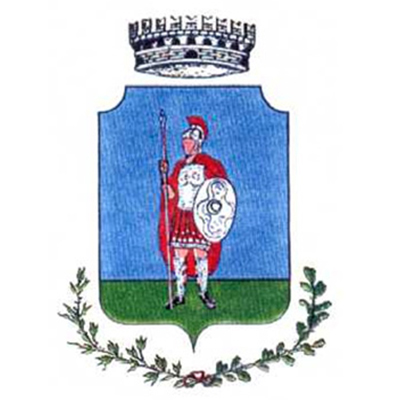
Municipality of Valenzano
Largo Marconi, 58
T +39 080 460 7000
Municipal Police
T +39 080 467 1587
protocollo.comunevalenzano@pec.rupar.puglia.it
Highlighted Municipalities


 it
it en
en fr
fr es
es de
de pt
pt